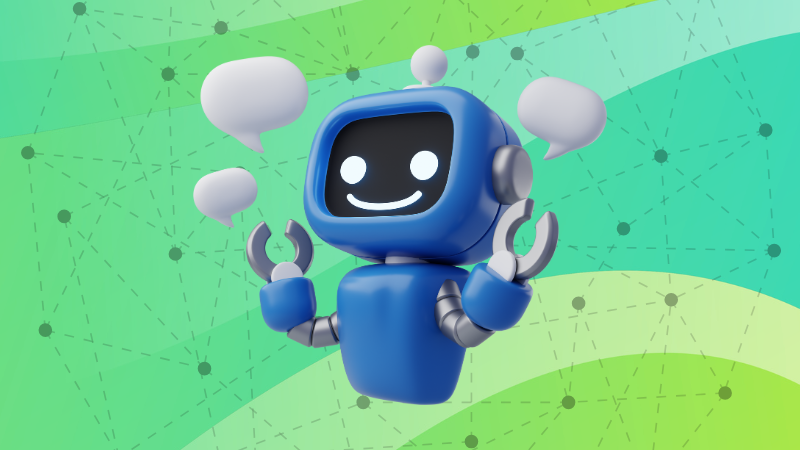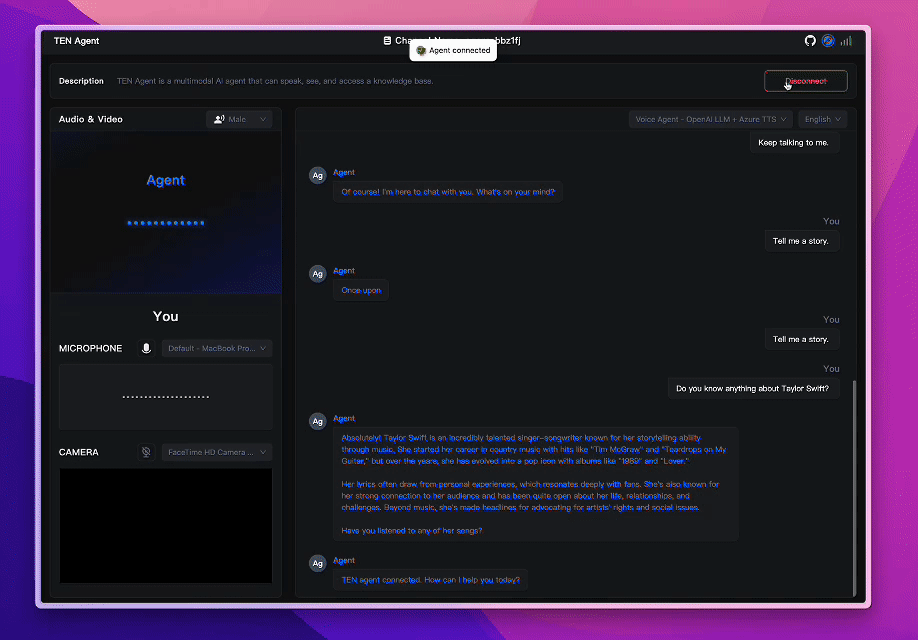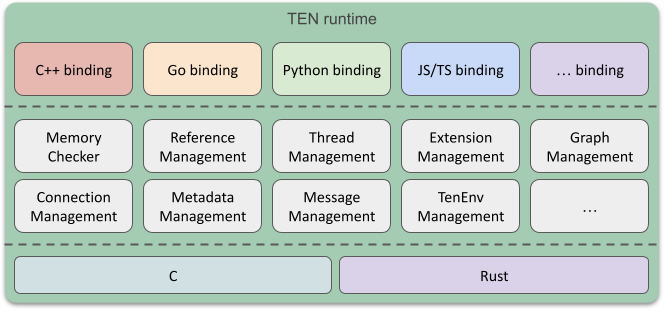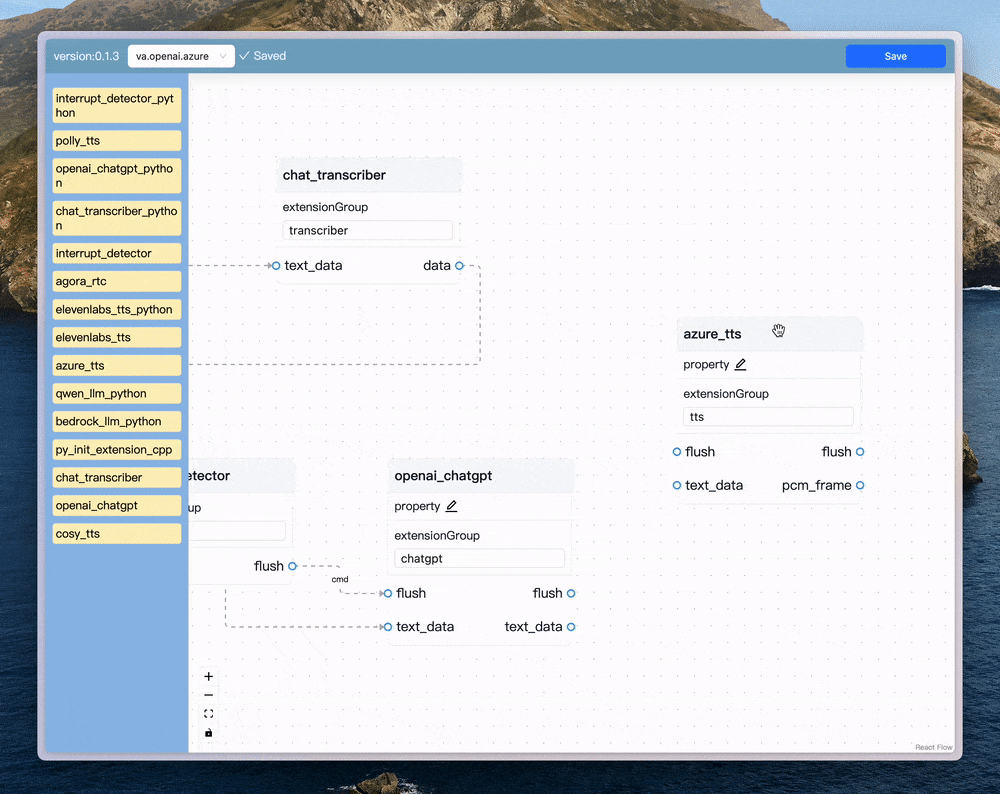TEN AI: Open Source Framework for Quickly Creating Real-Time Multimodal AI Agents

Ever since AI took a major leap with the introduction of real-time conversational capabilities like what we saw with GPT-4, there’s been a growing desire to bring these dynamic, human-like interactions into everyday applications.
Developers, from hobbyists to enterprises, are now seeking ways to create AI agents that can interact naturally through voice, video, and text.
That’s where TEN (Transformative Extensions Network) comes in. It’s an innovative framework designed to make the development of real-time, multimodal AI agents as effortless as possible, removing the usual barriers of steep learning curves and complex coding.
Here’s a quick overview of what TEN offers, its use cases, and why it’s an exciting tool for building next-generation AI applications.
What is TEN?
At its core, TEN is an open-source framework that allows developers to easily create AI agents that can see, hear, talk, and interact in real time.
The focus is on enabling fast and scalable development of AI agents using multimodal inputs: audio, video, images, and text without the steep learning curve that typically comes with building such advanced systems.
It offers real-time multimodal capabilities, allowing developers to seamlessly integrate large language models (LLMs) while using minimal code.
With TEN, you can build anything from AI-driven meeting assistants that generate real-time minutes, to virtual companions that hold conversations, translate languages, and more.

In simple words, think of TEN like a toolbox for building smart AI agents that can handle voice, video, and text all at once.
It’s like giving your AI the ability to see, hear, and talk in real time kind of like building your own virtual assistant or translator that understands you instantly.
And you don’t need to be a coding expert! TEN makes it easy with ready-made components that you can mix and match to get the job done quickly.
Plus, it works on pretty much any device from your computer to your phone so you can create solutions that scale as your project grows.
Key Features of TEN
So, what makes TEN different from other AI frameworks? Here are a few standout features:
Real-Time Multimodal Interactions: Supports ultra-low latency for voice, video, data streams, images, and text, making it ideal for real-time applications like live translation.

Flexible Extensions and Multi-Language Support: Works with C++, Go, Python, and soon Node.js, with seamless integration across platforms (Windows, Mac, Linux, mobile).

Edge-Cloud Integration: Combines local edge computing with cloud-based models for a balanced, scalable solution.

Drag-and-Drop Workflow Management: The Graph Designer allows you to build workflows visually, speeding up development.

Real-Time State Management: Agents can dynamically adapt and respond to inputs, providing human-like, responsive AI experiences.
You can check out a live demo of a TEN-powered agent that combines audio and video interactions with Retrieval-Augmented Generation (RAG) for delivering human-like answers based on local documents.
How Does TEN Work?
Essentially, the TEN Agent serves as a boilerplate for understanding the framework, making it a great starting point for developers who want to get hands-on experience.
Key Components of the TEN Agent:
- Agent Worker: Defines the agent’s functionality using a graph structure, with different extensions managing specific tasks.
- Server: Manages the backend, hosting agent workers and responding to HTTP requests from the client.
- Web Frontend: Provides the user interface for interacting with the AI agent, making it user-friendly and accessible.
How it’s Deployed:
TEN Agent uses Docker containers to manage its different components. These containers provide isolated environments for:
- Development workspace
- Front-end services
- Graph designer for visualizing the agent workflow
Why Should You Care?
TEN is designed for developers who want to build scalable AI agents quickly, while also ensuring that their projects can grow with them.
The visual interface and modular, plug-and-play extensions make it easy to get started, even for those working on more complex projects.
As voice and video become more common in AI interactions, TEN is ahead of the curve in providing real-time multimodal support.
From smaller projects to full-scale deployments, TEN allows for seamless scaling and extension, supporting both simple prototypes and large enterprise solutions.
Final Thoughts
TEN is a groundbreaking framework for anyone looking to build next-generation AI agents that can communicate and interact like humans in real-time.
It’s fast, flexible, and developer-friendly, making it a top choice for those wanting to dive into multimodal AI applications without the steep learning curve.
Whether you’re working on a virtual companion, real-time translation tool, or any other AI agent, TEN has you covered.
If you’re ready to give it a shot, head over to the TEN Framework repository and start building your first agent today!
